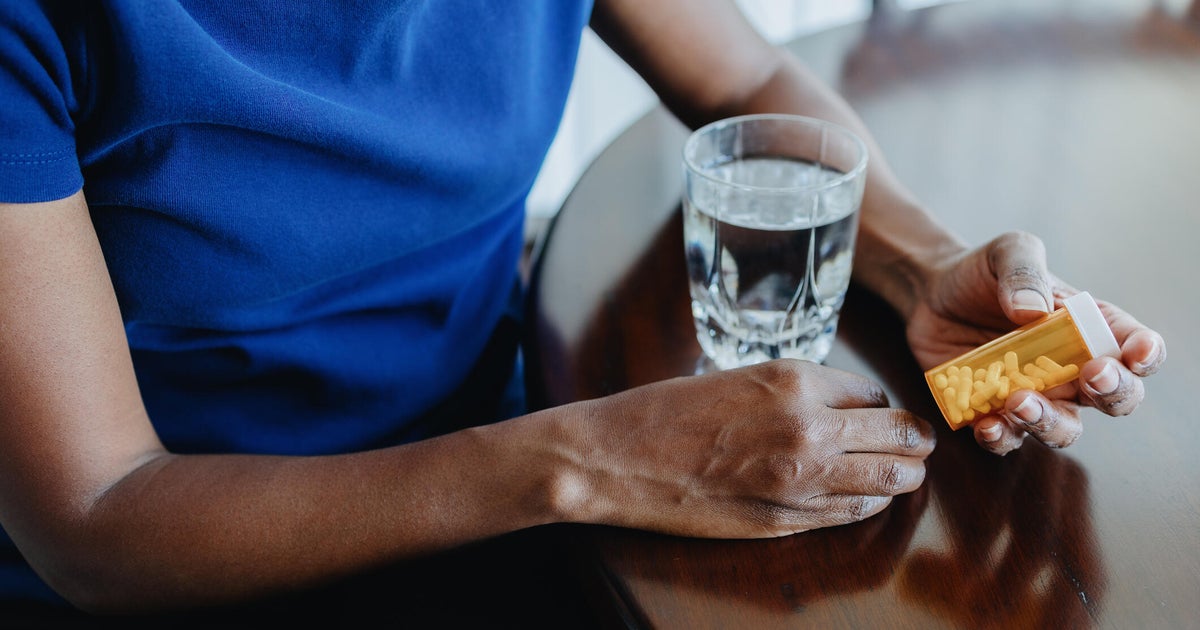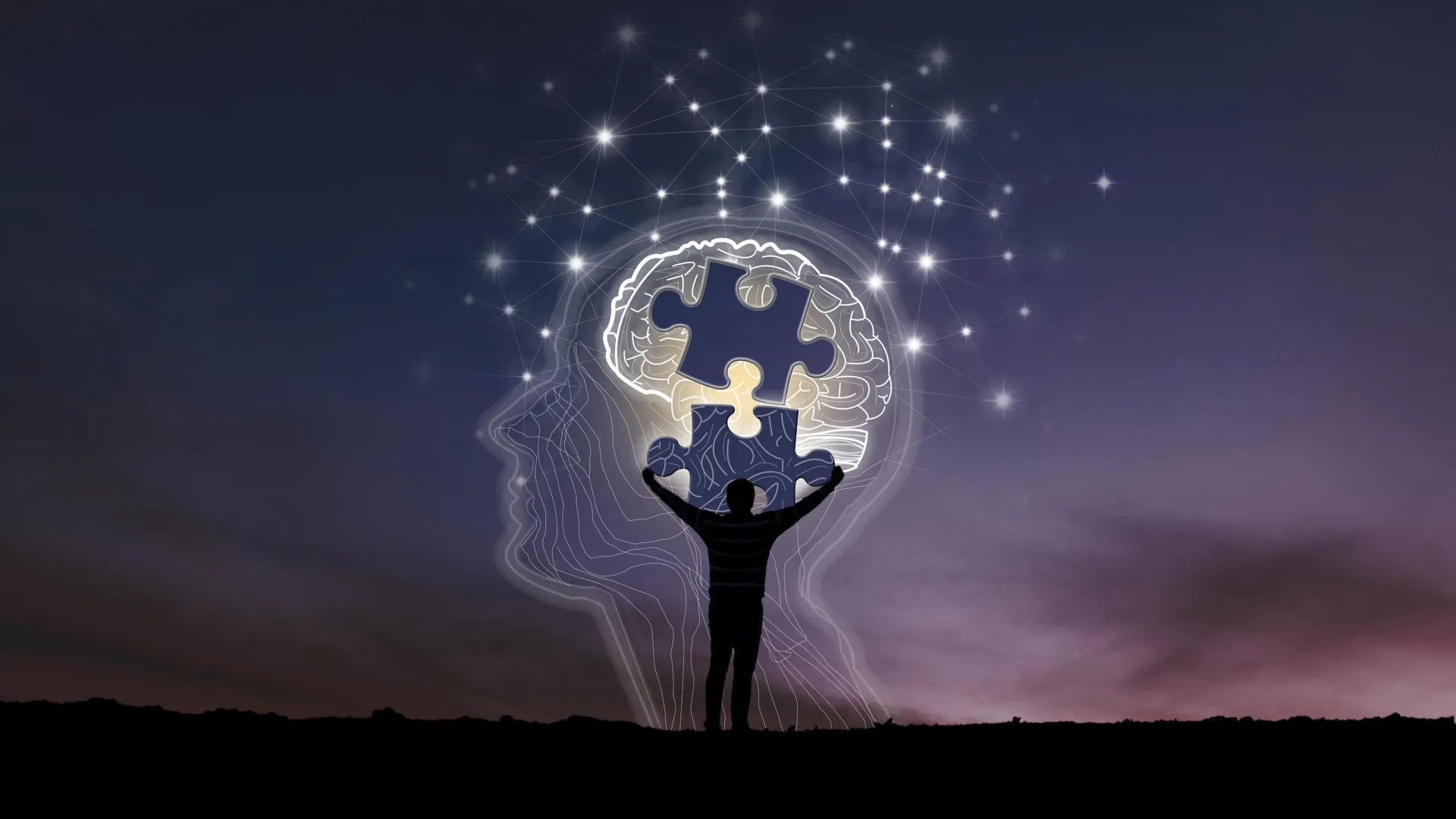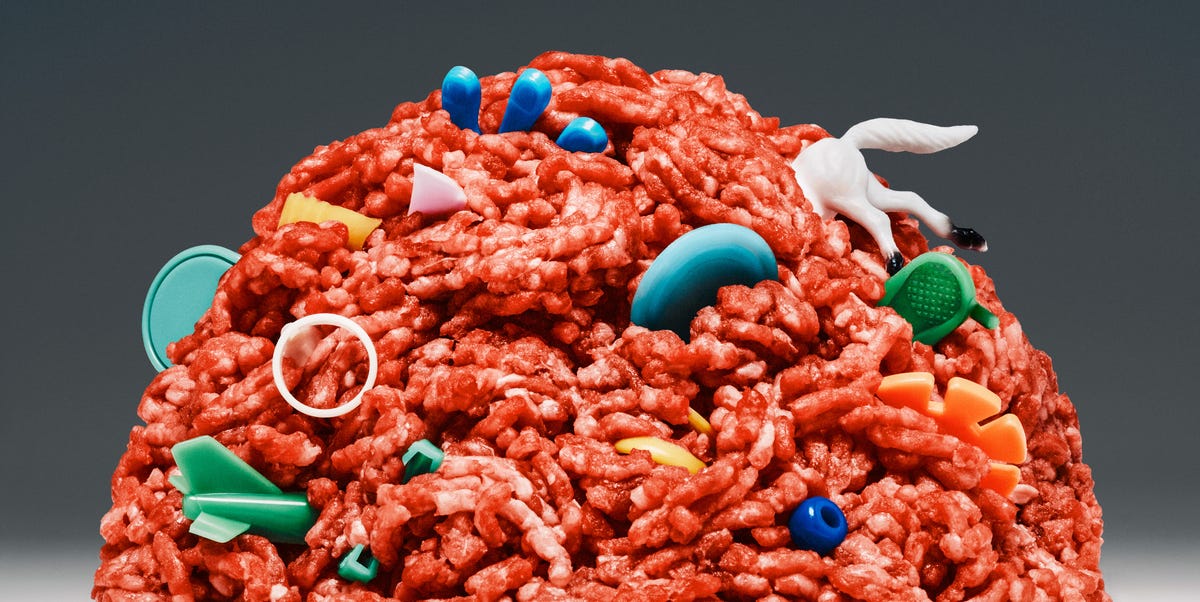Feeling better does not always require big changes. A week of five to ten minute practices improved emotional well-being and sleep while lowering perceived stress in 17,598 participants.
The program asked people to complete simple micro-acts, such as making a gratitude list, celebrating a friend’s success, or watching a short nature video.
Gains grew with consistent participation, and the largest benefits often appeared among people facing financial strain or lower social status.
Why tiny actions matter
Elissa Epel, of the University of California, San Francisco (UCSF), co-authored the study and has examined how stress shapes health for years. Her team’s results fit with evidence that brief positive activities can shift emotions and thinking in reliable ways.
A large meta-analysis, found that positive psychology interventions can raise well-being and reduce depressive symptoms. Effects were small to moderate, which is typical for low burden approaches that are easy to keep doing.
The Big Joy Project also tracked happiness agency, the sense that your emotions are within your control, and used a single group pre-post design, which is a before-and-after measurement approach without a comparison group, to evaluate changes.
What the seven days asked
One day centered on gratitude, a practice with evidence from a classic randomized trial, showing that listing blessings can lift mood and life satisfaction.
Another day asked participants to do something kind for someone they already interact with.
An awe component used a short nature video followed by a few reflection prompts. The emotion of awe is linked to a smaller sense of self and a greater willingness to help others, which can strengthen social connection.
Other days focused on sharing a moment of celebration, ranking values, and noticing daily joy. Each activity took under ten minutes, including brief check-ins.
Who benefited most
Benefits were not limited to people with many resources. The largest average gains appeared among participants reporting financial strain, lower education, lower subjective social status, or identifying as Black or Hispanic.
Younger adults showed larger increases in emotional well-being and larger drops in perceived stress than older adults.
A clear dose-response pattern, a trend where stronger participation leads to stronger results, pointed to consistency as a key ingredient, with full participation outperforming partial participation.
How small moments reshape the brain
Scientists have long known that emotional habits can change the neural pathways that govern mood and attention.
When people focus on positive emotions, activity increases in the prefrontal cortex and decreases in the amygdala. These shifts may explain why simple joyful actions can help people feel calmer and more in control.
Short bursts of joy may also influence the parasympathetic nervous system, the body’s built-in relaxation network that slows heart rate and supports recovery after stress.
Over time, repeating small positive behaviors can strengthen these calming responses, much like short workouts strengthen muscles. The biological effects may be subtle each day but meaningful when practiced regularly.
What this does not claim
The design did not include a control group, which means other explanations like expectation effects or outside life events cannot be ruled out. A randomized controlled trial will be important to test durability and mechanisms.
The week of micro-acts is not a treatment for major depression, anxiety disorders, or trauma. It is a low cost practice that can help daily life feel more manageable while other supports are pursued.
“Joy is a skill they can build,” said Epel. That perspective matches the finding that people reported greater control over their own happiness after the week.
How to put this to work
Pick one micro-act that fits naturally into your day. Do it for one week at the same time to create a steady cue.
Keep the action so easy that it takes five minutes. If you want more momentum, stack a second micro-act after it.
Track whether your stress feels a notch lower, whether you fall asleep a bit faster, or whether your patience holds a little longer. If the practice helps, keep it and rotate a new one next week.
If you are under care for a mental health condition, check with your clinician before changing your routine. These practices can complement therapy and medication but do not replace them.
Where research goes next
Future work needs randomization, follow up, and tests of what parts carry the weight. Hints point to shifts in attention, values, and social connection as likely drivers.
Dose matters here, and so does access. A short, free program that reaches many people could play a small but real role in public health, if results hold up.
The study is published in the Journal of Medical Internet Research.
—–
Like what you read? Subscribe to our newsletter for engaging articles, exclusive content, and the latest updates.
Check us out on EarthSnap, a free app brought to you by Eric Ralls and Earth.com.
—–
First Appeared on
Source link













